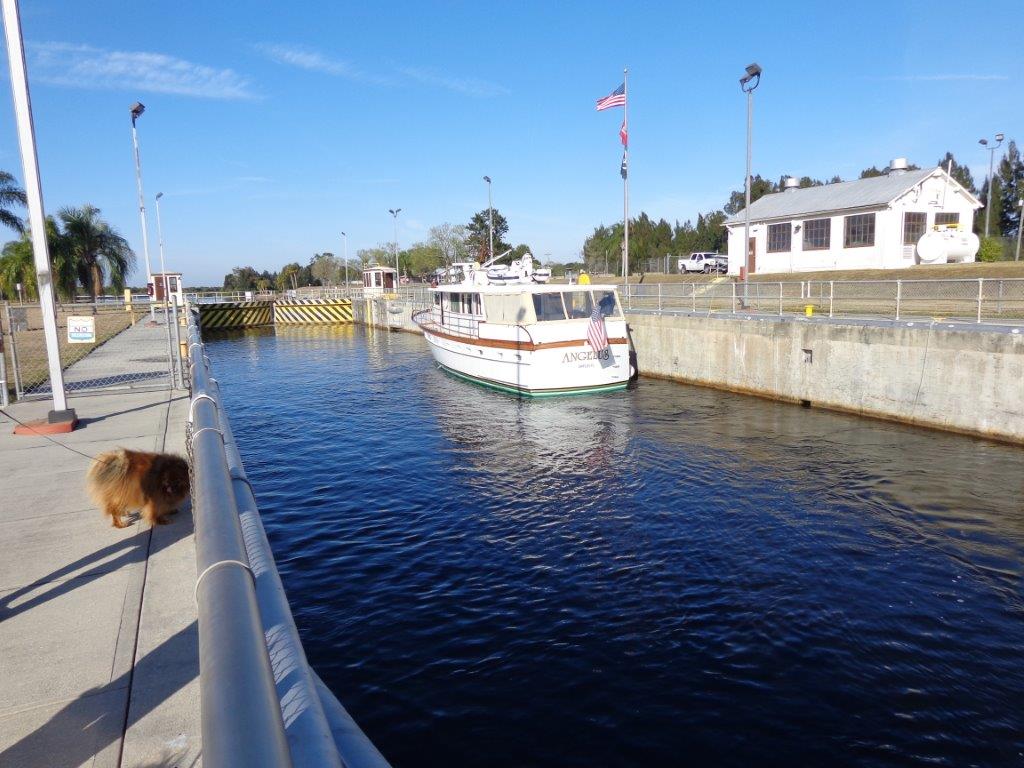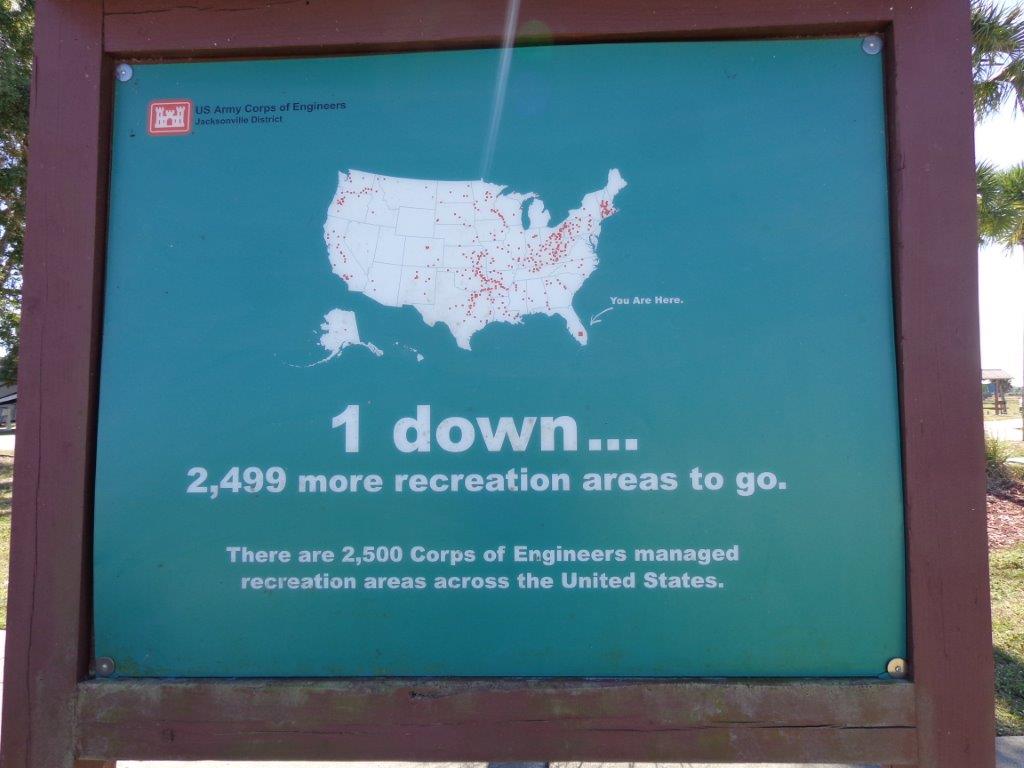They offer walking tours in small groups. It was interesting to see all of the tropical and unusual species they grow.
This is a duck pond that grows tilapia fish. The ducks provide eggs and their manure fertilizes the pond so algae will grow. The ducks eat the algae, so this is basically a protein factory.
This is a pig pen which does not smell because the cement bottom of the pen is filled with 3' of plant material, which acts as bedding and absorbs the pig poop. When the pigs have grown up, they pull out the bedding and use it as mulch/manure on fields.
Just one of the raised-bed planting areas. In this area, you are supposed to grow rice in shallower water than usual and then grow a second crop when the rice is harvested.
This is a perennial bean plant. It will continually produce beans all year for about three years before it dies. You can see beans on it now.
More garden area.
The next few slides show some plants that produce high-protein leaves and seeds, and have other uses.

They also have a tour that takes you through some of the technology they teach. This is a pump that is easy to work and made from easily available "junk."
Unlike the avocados grown in California as annuals, this tree is a perennial avocado tree. Watch out California!!
And a mango tree.
This is a biogas digester. You put manure in it and get burnable gas as a result, plus the resulting liquid is an improved fertilizer.
This is an experimental urban garden. The plants are grown on, believe it or not, old carpeting covered with a couple of inches of mulch!
See the carpeting showing below? The carpeting holds moisture well and provides a structure for roots to grow.































































